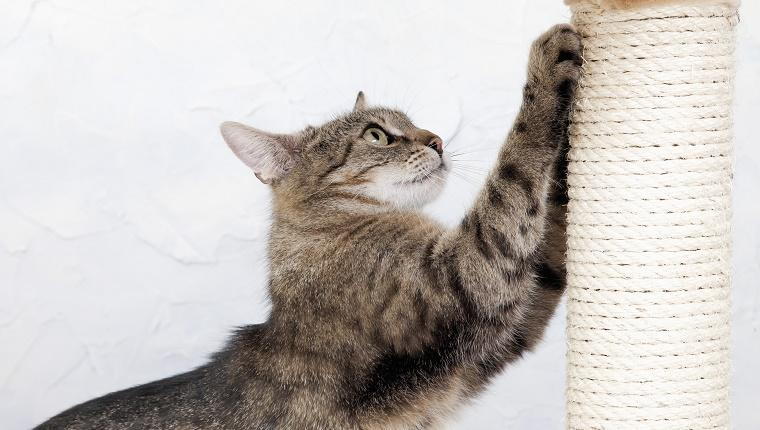When it comes to pets, and animals in general, there are hundreds of myths and old wives tales about them. Today we are going to debunk some of those myths and set the record straight.
DOGS

-
You can’t teach an old dog new tricks.
Mental and physical stimulation is actually great for older dogs and they most certainly have the capability to learn new tricks or even be properly house trained. If you have patience and lots of treats anything is possible.
-
Rewarding a dog will make them not respond unless rewarded.
Many dogs are food motivated, so our first instinct when training them is to use food. This often makes people believe that they will not perform the desired behavior without food, which is not true if they are also being rewarded with other things. The reward method is a great way of training, but different rewards such as toys, outside time or pets should be incorporated. Dogs are smart so we have to outsmart them sometimes.
-
Scolding your dog by putting their nose in their accident will make them learn.
Many people tend to put their dog’s nose in their accidents when they happen in the house and it is often unlikely that the dog will make the connection between the two actions. If anything, this will make the dog even more scared/nervous and cause them to go into other rooms or hide when they have to go to the bathroom instead of going outside. The best way to deal with accidents are to let the dog outside when something happens and always be watching a pup in potty training to see if they are acting weird or trying to hide.
CATS
-
Cats are unsocial and don’t need interaction.
Contrary to popular belief, cats actually love to play. While the window of time is far shorter, cats need exercise just like dogs. Throwing around a toy, letting them frolic outside with supervision or even walking them (if they allow) are all great options. Even just a little social interaction and a few snuggles will do the trick. Yes, cats like their alone time, but they need love too.

-
Cats who scratch are bad cats.
Scratching is a natural habit for cats and does not at all signify a bad cat. Cats scratch to sharpen their claws and release anxiety or energy. If your cat is scratching on furniture or places you don’t want them to, consider investing in a cat tree. If you have a designated area for scratching and your cat still does not use it, you can spray them with water when they are scratching a non-designated area or even pick them up and place them where they should be scratching if you catch them.
-
A meow means nothing and can be ignored.
Some cats never make a peep and some are more talkative than others, but meows should never be ignored. Meows mean that cats either want attention or are in need of something like food or playtime. If a cat’s meows become excessive and too much to handle, it could indicate a medical problem that should be addressed by a vet.
We hope you liked these myths debunked. Do you have any myths you know of that weren’t mentioned? We’d love to hear them and maybe have an answer as to whether it is true or false! As always if you have any questions regarding your pets please give us a call at (602) 559-9600 or make an appointment online.


